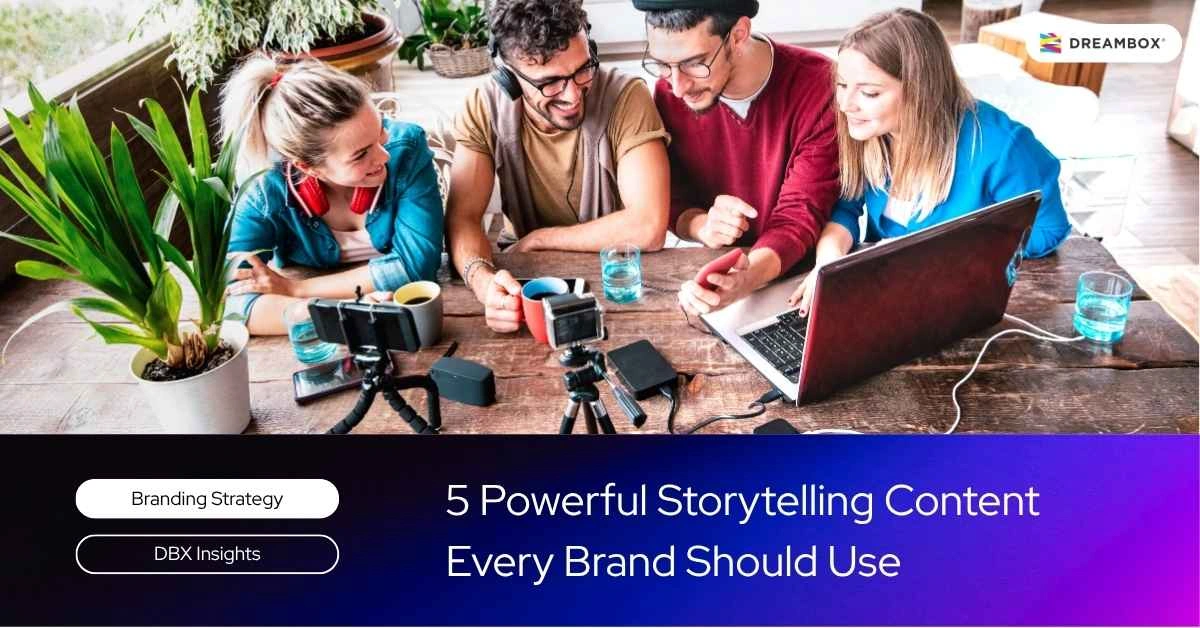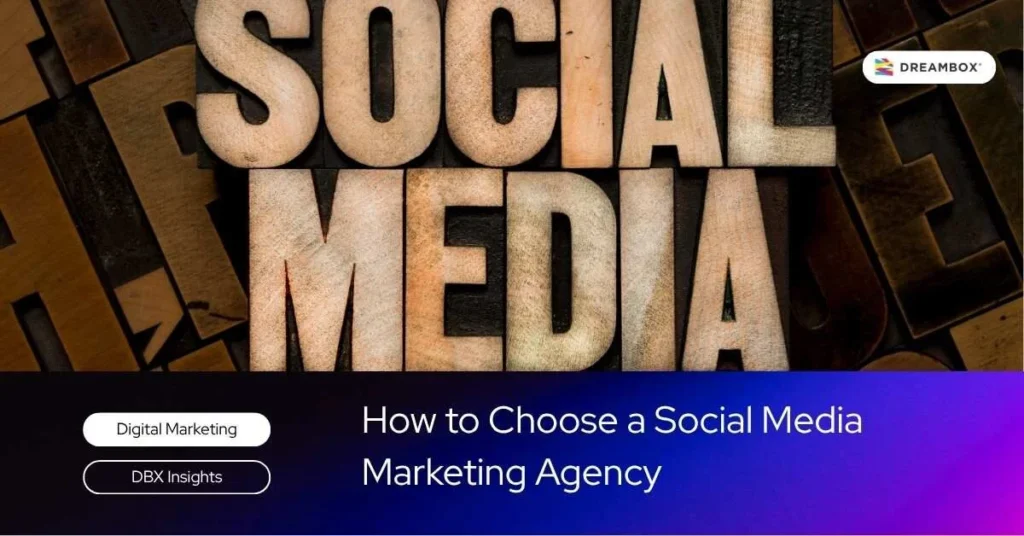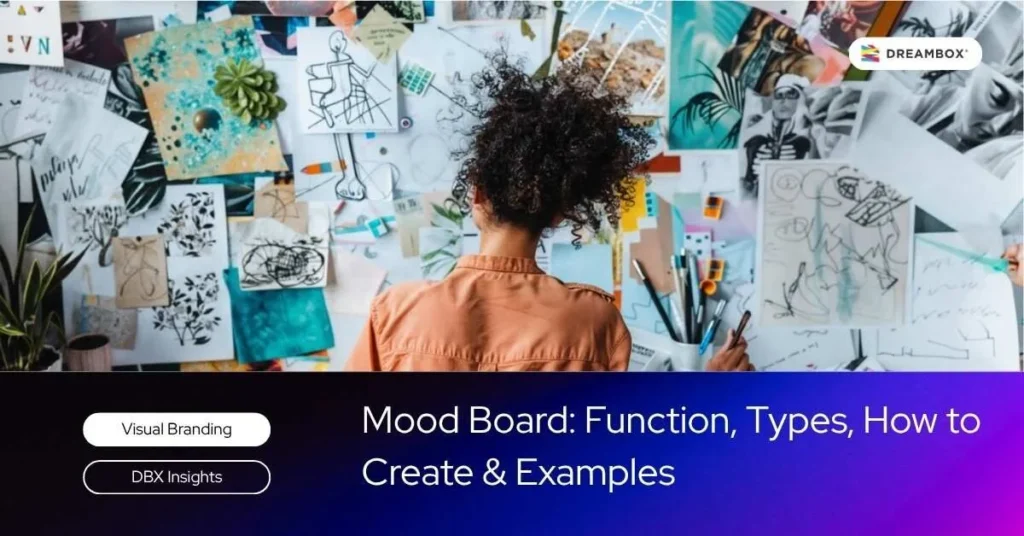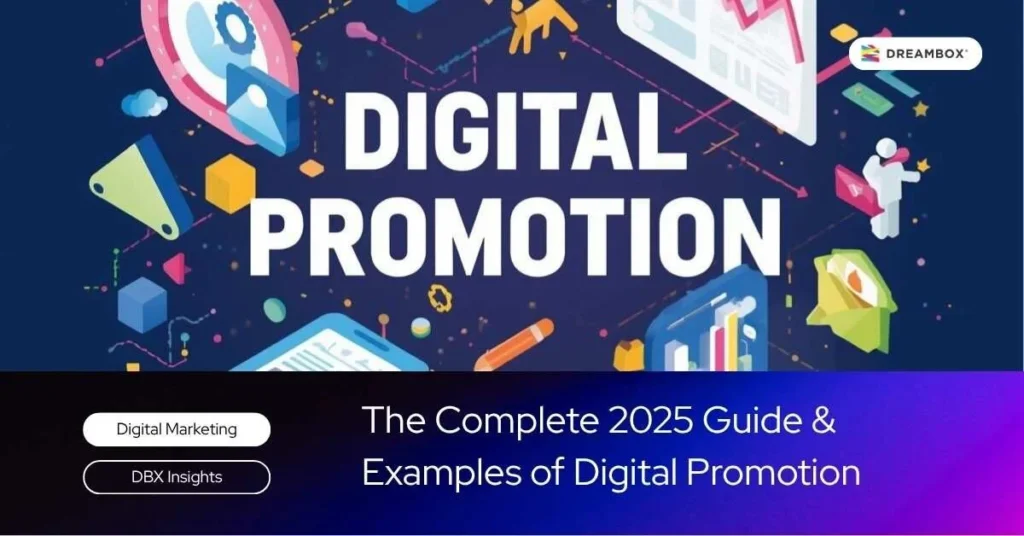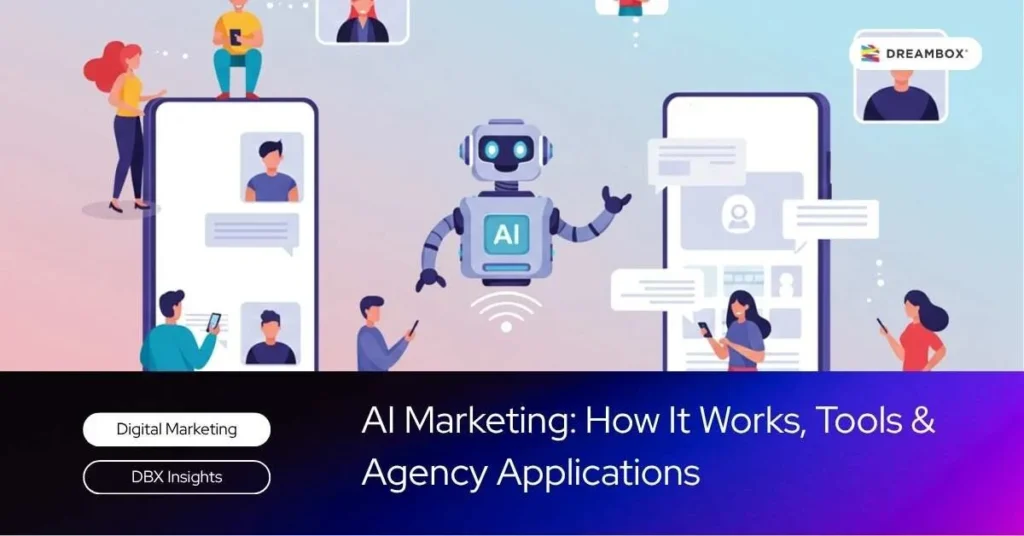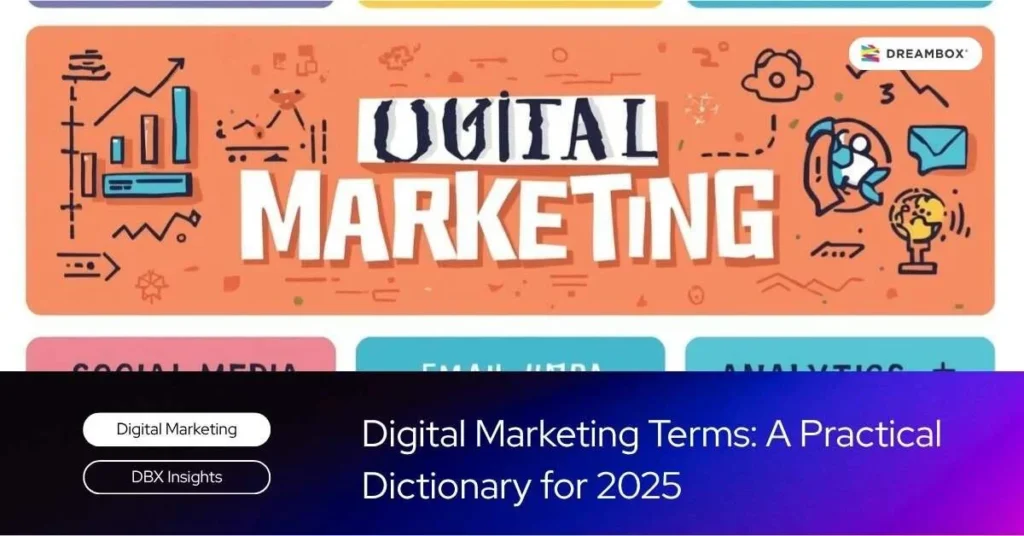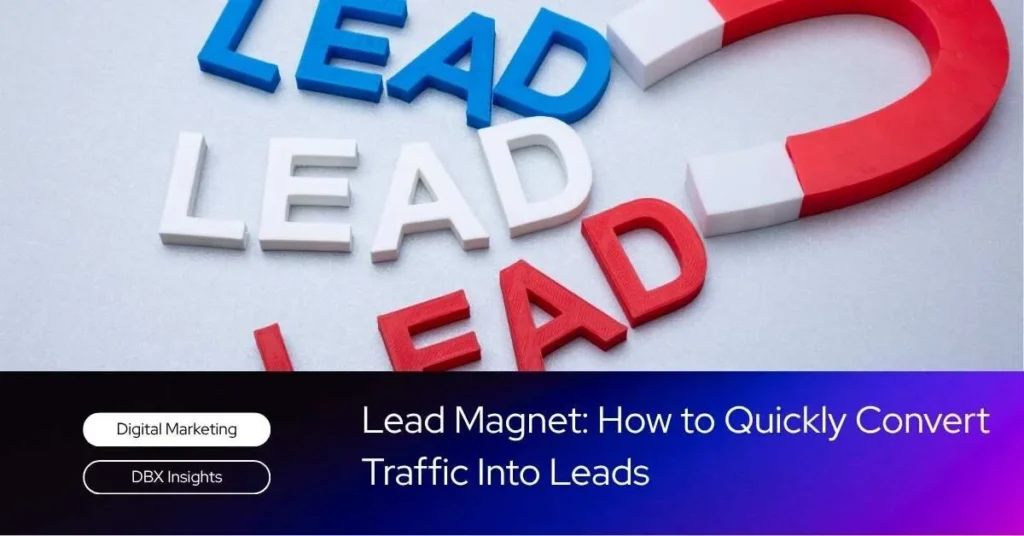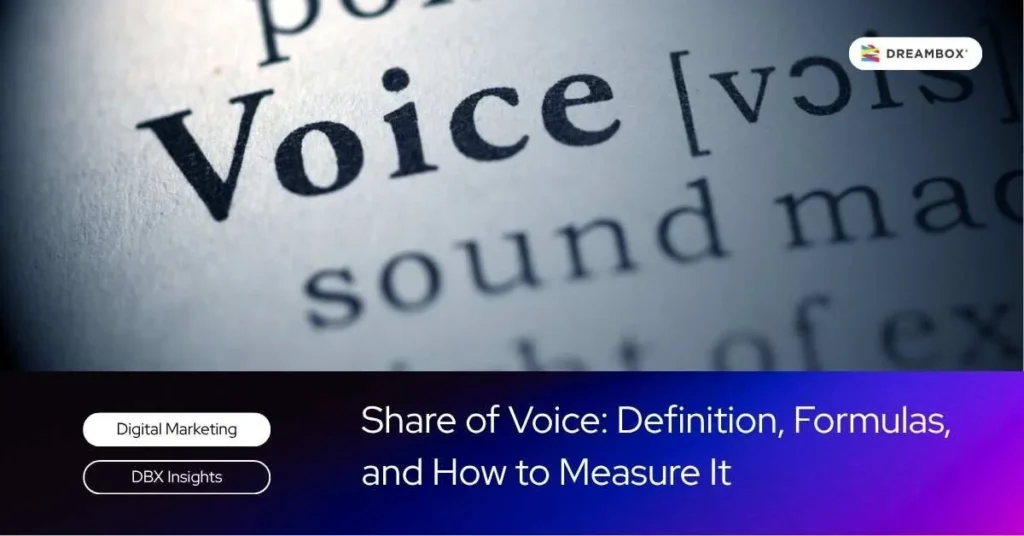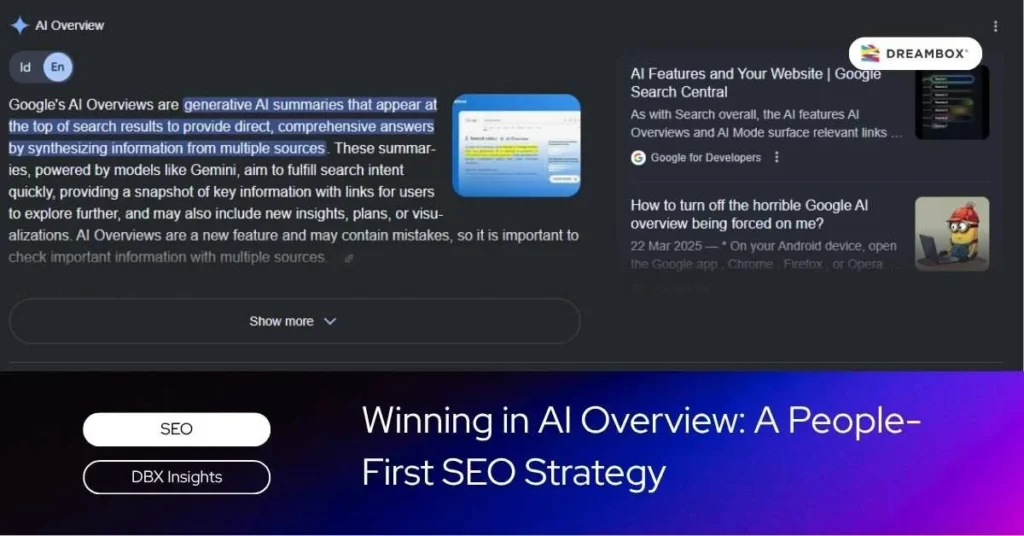To capture audience attention, storytelling content, also known as micro-stories, has become one of the most popular content types today. By focusing on narrative formats for business purposes, storytelling content has evolved into a must-have for brands.
Executing digital content like this requires clarity and precision to ensure it reaches the right audience. In this article, you’ll find a complete overview of the top micro-story formats brands should use in 2025.
Perfect for anyone looking for engaging content insights to elevate their brand. Let’s dive in!
Why Storytelling Content Matters for Your Brand
Marketing has transformed dramatically, and brands must stay on top of the latest trends. Storytelling content reflects the growing creativity in the marketing landscape. Here’s why this format is crucial for your brand:
1. Building Emotional Connections with Your Audience
The stronger the emotional bond you create with your audience, the easier it becomes to meet your brand goals. That’s why it’s important to produce storytelling content that’s relevant to your brand identity and product.
Schedule a free 30-minute branding consultation session with our experts.
2. Simplifying Complex Messages
Short, story-based content, like TikTok storytelling, can deliver deep, memorable messages in a digestible format. You don’t need lengthy posts to leave a strong impression.
3. Increasing Trust and Customer Loyalty
When you successfully build emotional engagement and deliver a clear message, your brand will gain more trust and loyalty. The right storytelling format can make that happen effectively.
5 Storytelling Content Formats for Business in 2025
The better the content, the clearer the branding message. Below are five creative storytelling content formats your brand can use to achieve business goals:
1. The Brand Origin Story
Tell the story of how your brand began, share its emotional journey, key milestones, or core values. This format is especially effective for retail content.
One strong example is Nike’s “Just Do It” campaign, which is often featured in TikTok storytelling content.
2. Customer Success Stories
Customer testimonials are a powerful asset in marketing strategy. Storytelling based on real user experiences helps build credibility and social proof.
This format works well for service-based businesses, like sharing how Airbnb connects guests with locals.
3. Behind the Scenes
BTS (Behind the Scenes) content reveals what happens behind your brand’s operations.
Whether it’s the production process, staff routines, or event preparations, this format builds transparency and engagement. It’s versatile and suitable for nearly every industry.
4. Value-Driven Stories
Value-driven storytelling focuses on creating content that’s meaningful and helpful for the audience.
This is popular among small businesses, tech brands, and lifestyle products. The goal isn’t just to entertain or interact, it’s to educate, inspire, and solve problems.
5. Educational Storytelling Content
This format combines teaching with narrative. It’s one of the most effective and popular content types for TikTok storytelling. It can take the form of how-to guides, case studies, daily tips, or simple tutorials.
Perfect for education-focused businesses such as tutoring services or learning platforms. Make sure to use content hooks that align with your audience’s expectations.
How to Choose the Right Storytelling Format
Now that you know the different storytelling content formats, here’s how to choose the one that fits your business best:
1. Match It with Your Campaign Goals
Your storytelling content, whether on TikTok or other platforms, must align with your business objectives. If your focus is brand awareness, create stories that reflect and support that goal.
2. Understand Your Platform and Audience
Know your audience and the platform you’re using. Ask questions like “Who are we talking to?” or “What challenges are they facing?” Short TikTok content must answer these clearly.
Once you’re in tune with your audience, delivering the right message becomes easier.
3. Stay Authentic to Your Brand Identity
Authenticity is key in storytelling content. You’ll only be able to build a strong content pillar if you stay true to your brand voice. Today’s audience can easily spot the difference between a genuine story and one that’s overly scripted.
Ready to Turn Your Brand Story into Conversions?
Creating micro-stories or storytelling content for brand promotion can be challenging at first. But with the right guidance, it becomes much easier to execute.
Need help pitching ideas or choosing a content style that suits your brand? Let us help! Dreambox is here to be your digital marketing partner.
Looking for engaging, customized storytelling content for your brand? Contact us and explore DBX Insight for more information.

